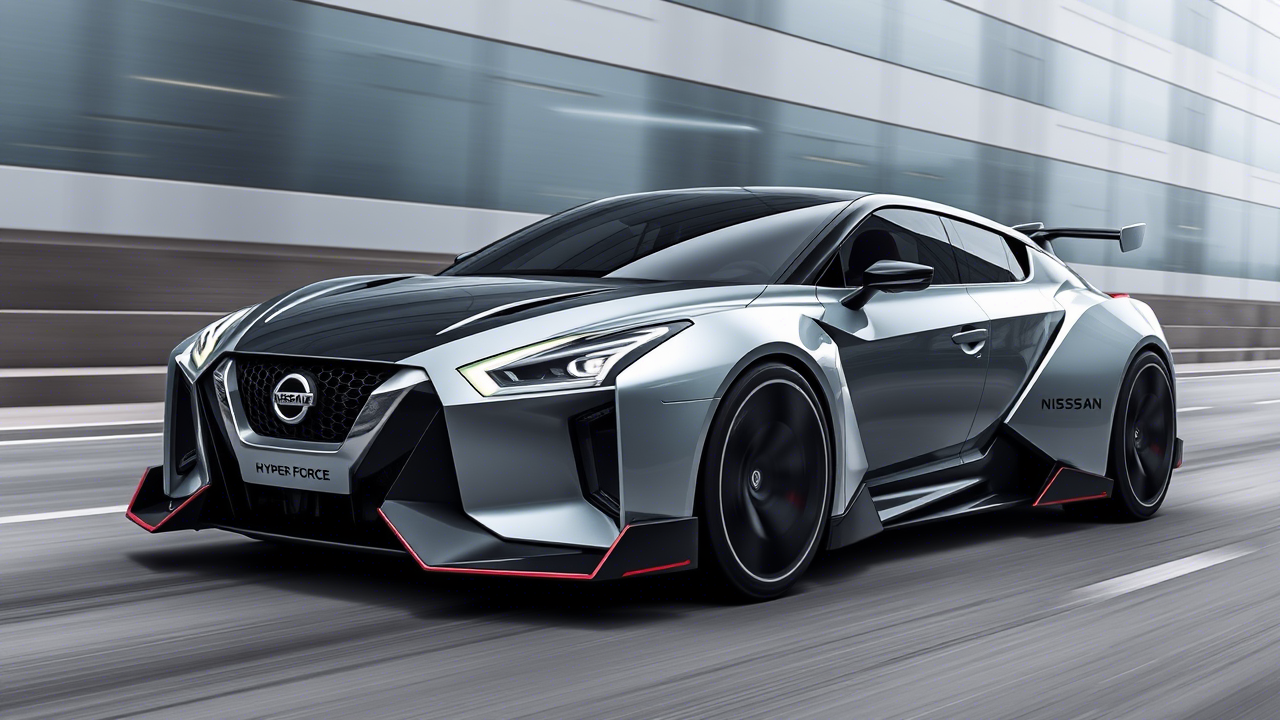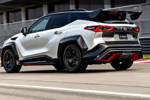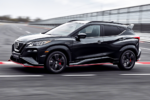For decades, the Nissan GT-R has been a symbol of raw performance, cutting-edge technology, and racing heritage. Now, with the unveiling of the Nissan Hyper Force, an all-electric supercar, enthusiasts are asking: Is this the true successor to the legendary GT-R? Let’s compare these two Nissan performance beasts and see if the Hyper Force can live up to the GT-R’s iconic legacy.
Design & Aerodynamics: Classic vs. Futuristic
The Nissan GT-R has evolved over the years while maintaining its recognizable muscular stance, aggressive front fascia, and functional aerodynamics. On the other hand, the Hyper Force embraces a futuristic design with a low-slung, sharp-edged body optimized for aerodynamics and speed.
Key Differences:
- GT-R: Classic, race-inspired design with a focus on aerodynamics for internal combustion power.
- Hyper Force: Lightweight carbon fiber construction, active aerodynamics, and a more futuristic look designed for EV performance.
Power & Performance: Combustion vs. Electric Dominance
Performance has always been at the heart of Nissan’s GT-R lineup, and the Hyper Force takes this to another level with its all-electric powertrain.
Performance Comparison:
| Feature | Nissan GT-R R35 | Nissan Hyper Force |
|---|---|---|
| Power Output | ~600 HP (Nismo) | ~1,300 HP (estimated) |
| 0-60 mph | ~2.9 seconds | <2 seconds |
| Top Speed | ~205 mph | 200+ mph |
| Drivetrain | AWD | AWD with AI torque vectoring |
| Battery/Engine | Twin-Turbo V6 | Solid-State Battery (EV) |
The GT-R relies on its twin-turbocharged V6 engine, while the Hyper Force is expected to use next-gen solid-state battery technology, providing massive power output, lightning-fast acceleration, and extended range.
Technology & Driving Experience
One of the biggest differences between the GT-R and Hyper Force is technology. While the GT-R focuses on mechanical precision, the Hyper Force integrates AI-powered driving enhancements and an augmented reality (AR) cockpit.
Tech Showdown:
- GT-R: Classic driver-focused experience with digital and analog displays.
- Hyper Force: AI-assisted performance, augmented reality HUD, and semi-autonomous capabilities.
Sustainability & Future-Proofing
The GT-R is a gas-powered icon, but as the automotive world shifts toward electrification, the Hyper Force represents Nissan’s commitment to zero-emissions performance.
Sustainability Features:
- Hyper Force: Zero-emissions, regenerative braking, recyclable materials.
- GT-R: Internal combustion engine, higher emissions.
Final Verdict: Can the Hyper Force Carry the GT-R Legacy?
The Nissan Hyper Force is a bold leap into the future, delivering mind-blowing EV performance, cutting-edge technology, and sustainable engineering. While the GT-R remains an all-time classic, the Hyper Force appears to be the ultimate electric successor, redefining Nissan’s performance legacy for the next generation.
Would you choose the raw power of the GT-R or the futuristic dominance of the Hyper Force? Let us know your thoughts!



